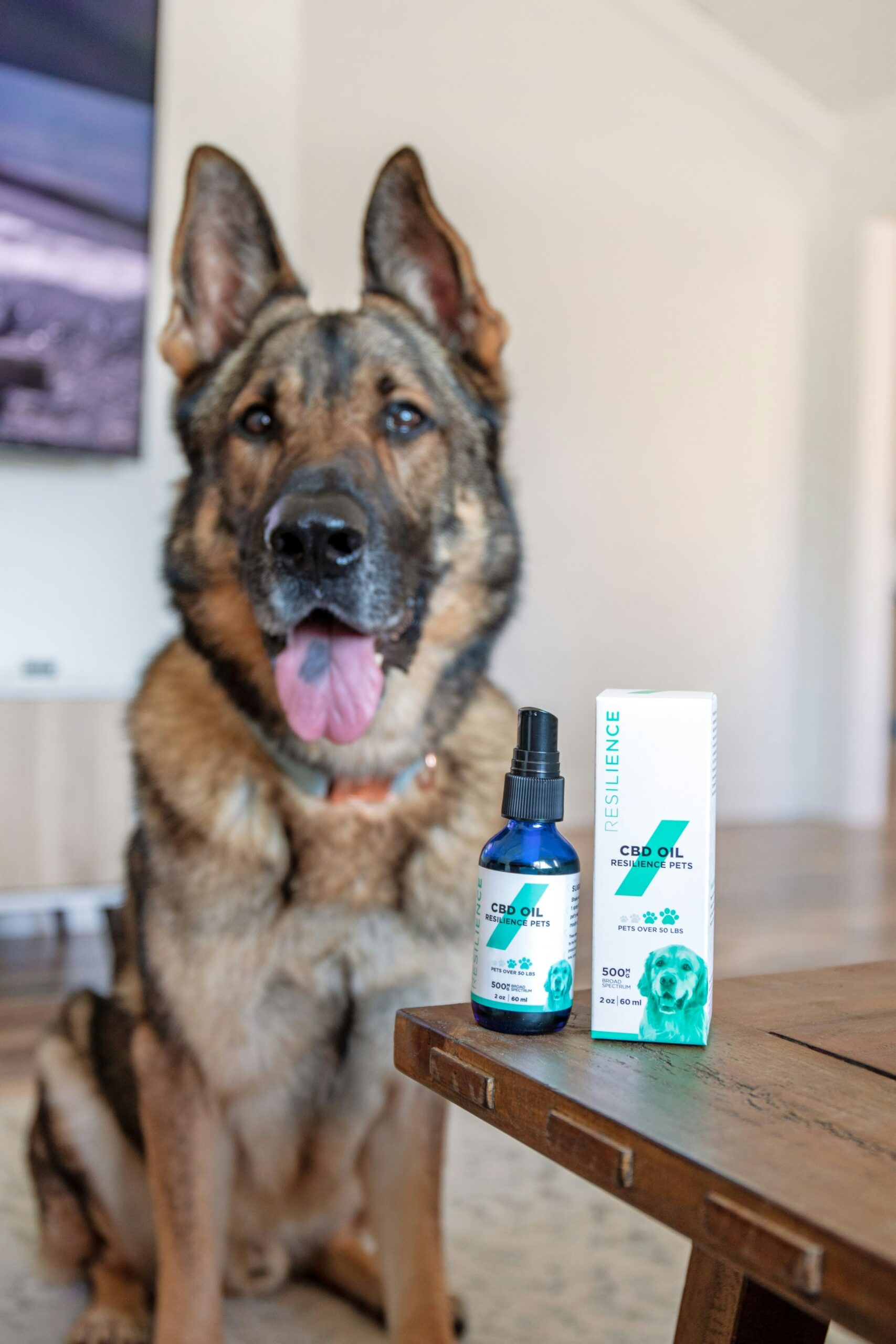The Impact of Pets on Human Health: Unveiling Specific Pet Topics
Introduction: The Human-Pet Bond
The relationship between humans and animals has been integral to human history and culture, with evidence indicating that humans have kept pets for thousands of years. The connection between people and their pets transcends mere companionship, delving into realms of mutual benefit and emotional attachment. In ancient civilizations, dogs served as protectors and hunting companions, while cats were cherished for their roles in controlling pests and, in some cultures, revered for their spiritual significance. These historical interdependencies laid the foundation for the profound and multifaceted relationships we observe today.
Cultural attitudes towards pets vary significantly across the globe, with some societies viewing them as integral family members and others considering them utilitarian companions or symbols of status. In many Western cultures, pets are often seen as part of the family, receiving similar levels of care and emotional investment as human relatives. In contrast, other parts of the world may place emphasis on the functional roles of pets, such as livestock guardians or service animals. Despite these differences, the underlying bond between humans and pets is universally acknowledged, highlighting the essential roles they play in our lives.
In contemporary society, pets fulfill a myriad of roles beyond traditional expectations. Service dogs assist individuals with disabilities, therapy animals provide comfort in clinical settings, and even virtual pets have found a niche in digital interactions. The increasing recognition of pets’ contributions to human well-being has spurred interest in exploring their impact on various aspects of health. This blog post aims to delve into these impacts, examining how pets can influence physical health, mental well-being, and social connections. Through this exploration, we seek to uncover the profound ways in which pets enrich human health and life in general.
Physical Health Benefits of Pet Ownership
Owning a pet significantly enhances physical health, offering various advantages that promote an active lifestyle. One of the most common ways pets contribute to physical well-being is through regular activities such as walking a dog. Dog owners, in particular, often find themselves leading more active lifestyles as their pets require daily exercise. This routine of walking not only benefits the pets but also helps owners improve their cardiovascular health, lower blood pressure, and reduce stress levels.
Research studies consistently highlight the profound impact pet ownership has on physical health. For instance, a study published in the Journal of Physical Activity and Health reported that dog owners are substantially more likely to meet daily exercise requirements compared to those without dogs. This increase in physical activity helps mitigate the risk of obesity, making dog ownership a beneficial component in managing weight and overall fitness.
While dogs are the most discussed when it comes to physical activity, other pets also offer unique benefits. Cat owners, for instance, engage in different forms of physical interaction, such as playing fetch with toy mice or engaging in activities that stimulate both mental and physical engagement. Though cats typically require less physical activity compared to dogs, they still encourage a level of movement and interaction that benefits owners’ physical health.
Even smaller pets, such as rabbits, can contribute to an individual’s physical health. Rabbits require a spacious environment and regular playtime, including activities like hopping and running in safe, enclosed areas. These activities encourage owners to participate and set up environments that promote physical engagement, additional movement, and ultimately better health.
In summary, pet ownership catalyzes improved physical health through various means. Frequent activities associated with pet care, particularly dog walking, enhance cardiovascular health, promote regular exercise, and can decrease the risks of obesity. These benefits underscore the significant role pets play in fostering healthier, more active lifestyles for their owners.
Mental Health: Companionship and Emotional Support
Pets play a vital role in contributing to the mental well-being of their owners through companionship and emotional support. Individuals who own pets often experience reduced feelings of loneliness, as the mere presence of an animal can offer consistent, nonjudgmental companionship. This bond is particularly significant for people living alone or those who have limited social interactions. Meeting the needs of a pet also introduces a routine and purpose that can have stabilizing benefits for mental health.
Furthermore, pets provide a source of unconditional love and affection, which can significantly elevate a person’s mood. Interaction with animals can trigger the release of endorphins and oxytocin, hormones associated with happiness and stress reduction. A 2016 study by the Human-Animal Bond Research Institute (HABRI) established that pet owners report fewer symptoms of depression and anxiety compared to non-pet owners. This psychological uplift is not confined to physical presence alone but extends to emotional connectivity, where pets offer solace in times of emotional distress.
Additionally, pets are frequently incorporated into therapeutic settings to alleviate mental health conditions. Animal-assisted therapy has proven effective in treating disorders such as depression, anxiety, PTSD, and stress. For instance, therapy dogs are increasingly found in clinical environments where they help patients manage symptoms through direct interaction. The Journal of Psychiatric Research highlights that patients with PTSD showed significant improvement in symptoms and overall well-being after consistent sessions with therapy animals.
Expert opinions corroborate these findings, demonstrating the profound impact pets have on emotional health. Dr. Alan Beck, Director of the Center for the Human-Animal Bond at Purdue University, asserts that the human-animal relationship contributes to emotional stability and resilience. This sentiment is echoed in many clinical observations where animal companionship yields tangible psychological benefits.
As the understanding of mental health continues to evolve, the role of pets remains a consistent factor, offering support and companionship in ways that contribute deeply to the mental well-being of individuals. Their unconditional presence and emotional constancy make them invaluable allies in the pursuit of psychological health.
Pets and Social Interaction Enhancement
Pets play a significant role in facilitating social interactions and fostering a sense of community among their owners. Individuals who own pets are often observed to be more sociable, initiating conversations with fellow pet owners during daily walks, at pet parks, or during pet-related events. The shared interest in pets acts as a natural icebreaker, making it easier for individuals to connect and engage in meaningful dialogues.
For example, pet meetups are a popular way for pet owners to gather and share their common love for animals. These meetups, often organized through social media or community boards, create a friendly and inclusive environment where people can discuss pet care, share experiences, and even arrange playdates for their pets. Such events are not only enjoyable but also strengthen social bonds and foster a supportive pet-loving community.
Social media communities centered around pets have also become increasingly prevalent. Platforms like Facebook, Instagram, and Twitter host numerous groups and pages dedicated to specific breeds, pet care tips, or general pet enthusiasm. These online spaces provide a unique opportunity for pet owners from diverse backgrounds to interact, exchange information, seek advice, and celebrate their pets’ milestones.
Moreover, pets act as social lubricants by providing a common ground for interactions. In everyday scenarios, walking a dog often leads to impromptu conversations with neighbors or strangers who stop to admire the pet. These seemingly simple exchanges can evolve into deeper connections, fostering a sense of camaraderie and belonging within the community.
In essence, the presence of pets significantly enhances social interaction and community engagement. They provide a shared interest that easily sparks conversations, leading to stronger social networks and a more connected society. Whether through organized events, social media communities, or casual encounters, pets have a profound impact on the social lives of their owners.
The Therapeutic Roles of Pets
The therapeutic roles of pets have gained considerable recognition in recent years, particularly through the emerging field of animal-assisted therapy (AAT). This innovative approach incorporates animals into clinical settings with the aim of assisting patients in their recovery processes or helping them manage chronic illnesses. Animal-assisted therapy is being increasingly utilized in hospitals, nursing homes, and even schools, demonstrating profound physical and emotional benefits for participants.
In clinical settings, therapy animals such as dogs, cats, and even horses are employed to support a variety of therapeutic goals. For instance, pediatric hospitals often introduce therapy dogs to provide comfort and distraction for young patients undergoing painful treatments or long hospital stays. Therapy dogs are specifically trained to interact with children, offering a sense of normalcy and emotional support that can be as critical as medical treatment itself. Similarly, in nursing homes, therapy animals play a vital role in alleviating symptoms of depression and loneliness among the elderly, fostering a stronger sense of community and well-being.
A compelling example of animal-assisted therapy is seen in the case of Sarah, a young girl who suffered from severe anxiety and depression. After traditional treatments had limited success, Sarah was introduced to a therapy dog through a specialized AAT program. Over time, the presence of the dog helped Sarah open up and participate more actively in her therapy sessions, leading to significant improvements in her mental health. This is just one of many cases that highlight the transformative power of therapy animals.
Moreover, the positive impact of therapy animals is not confined to healthcare settings alone. Schools are also adopting AAT initiatives to help children with learning disabilities or emotional challenges. In various educational environments, therapy animals have been shown to reduce stress and anxiety during exams, improve social skills among peers, and encourage reading through literacy programs that use dogs as patient and non-judgmental listeners.
The growing utilization of animal-assisted therapy underscores the invaluable role pets play in improving human health across different areas of life. From aiding in physical rehabilitation to providing emotional support, therapy animals prove to be an essential component of modern therapeutic practices.
Pets and Child Development
Pets play a pivotal role in the developmental journey of children, offering numerous benefits that extend far beyond the obvious companionship. One of the key aspects is instilling a sense of responsibility. Caring for a pet requires consistency in feeding, grooming, and exercising, which enables children to understand and perform routine tasks, fostering a strong sense of duty and independence.
In addition, pets significantly contribute to the emotional and social development of children. Regular interaction with pets helps children enhance their empathy levels. By observing and responding to a pet’s needs and emotions, children learn to recognize and react to the feelings of others, thereby honing their social skills. This ability to empathize is crucial in developing healthy relationships, both within the family and in broader social settings.
Moreover, engaging with pets has been shown to aid in emotional regulation. Pets offer unconditional love and a calming presence, which can help children navigate and manage their own emotions more effectively. This emotional stability is particularly beneficial when children face stressful situations or challenges, providing a reliable source of comfort and security.
There is also compelling evidence to suggest that interaction with pets can bolster the immune system of young children. Regular exposure to pet dander and outdoor pathogens that pets may bring in helps to strengthen a child’s immune responses, potentially reducing the incidence of allergies and certain autoimmune diseases later in life.
Special programs and studies have highlighted the positive impact of pets on children with special needs or developmental delays. For instance, therapy animals are often used to support children with autism spectrum disorder (ASD), facilitating improved social engagement and communication skills. These animals can serve as a bridge between the child and their environment, making social interactions less daunting and more enjoyable.
In conclusion, the presence of pets profoundly enriches a child’s development, promoting responsibility, empathy, emotional resilience, and health. Through the various unique attributes and advantages they provide, pets make an indelible mark on the formative years, aiding children in becoming well-rounded and robust individuals.
Elderly Well-being and Pets
The beneficial relationship between pets and the elderly is well-documented, highlighting various improvements in mental, emotional, and physical health. Elderly individuals often face feelings of isolation and loneliness due to a host of factors, such as the loss of loved ones and reduced social interaction. Pet ownership can provide a compelling solution to these issues. The presence of pets offers consistent companionship, significantly reducing the sense of isolation many elders experience. This companionship not only uplifts their spirits but also fosters an environment of emotional stability.
Moreover, pets can play a crucial role in enhancing the mental well-being of older adults. Interactions with pets have been shown to reduce symptoms of depression and anxiety. The tactile comfort and unconditional love from pets can boost serotonin and dopamine levels, fostering feelings of tranquility and happiness. This therapeutic bond is invaluable, encouraging a positive outlook on life.
In terms of physical health, pets inherently motivate elderly owners to engage in regular physical activities. Daily routines such as walking a dog or playing with a cat necessitate movement, helping seniors maintain mobility and combat sedentary lifestyles. These activities are not only beneficial for cardiovascular health but also critical in preventing issues associated with inactivity, such as muscle atrophy and obesity.
Further, pets provide a structured routine, which can be a cornerstone of daily life for many seniors. The responsibilities of pet care—feeding, grooming, and ensuring regular veterinary visits—establish a daily schedule, bestowing seniors with a sense of purpose and accomplishment. This structure can be particularly advantageous for those who struggle to find meaning post-retirement.
Several studies corroborate these benefits, evidencing the improved quality of life among elderly pet owners. Research indicates that pet ownership is linked to lower blood pressure, reduced levels of stress, and an overall enhancement in the psychological well-being of elderly individuals. The tangible uplift in quality of life underscores the profound impact pets can have on enriching the lives of older adults.
Challenges and Considerations of Pet Ownership
Owning a pet, while rewarding, comes with several challenges and significant responsibilities that prospective pet owners must consider. One of the foremost aspects to ponder is the financial commitment involved. From initial purchase or adoption fees to ongoing costs such as food, grooming, and veterinary care, the financial aspect of pet ownership can be substantial. Pet insurance is another factor to consider, as it can help mitigate unexpected medical expenses, but it also adds to the overall cost.
Time is another critical element. Pets, particularly dogs and cats, require daily care and attention. This includes feeding, exercise, grooming, and routine medical check-ups. Depending on the type of pet, the time investment can vary significantly. For individuals with demanding schedules, the time commitment to a pet might feel like an additional burden, leading to stress for both the owner and the pet.
Emotional commitment is equally significant. Pets can bring immense joy, but they can also be a source of worry and stress, especially when they fall ill. Furthermore, the emotional impact of losing a pet can be profound and should not be underestimated. It’s essential for potential pet owners to be prepared for the long-term emotional journey of pet ownership, including the grief associated with the pet’s eventual passing.
There are also potential risks involved with having a pet. Allergies are a common concern, and pet-related injuries, although generally minor, can occur. It’s crucial to consider these risks, particularly for households with young children or elderly members.
Choosing the right pet based on one’s lifestyle can help mitigate some of these challenges. Prospective owners should assess their living environment, activity level, and daily schedule to determine which type of pet would be most suitable. Small pets such as fish or hamsters may require less attention, whereas dogs and cats demand more interaction and care.
Ultimately, managing the challenges of pet ownership involves thorough research and preparation. Ensuring regular veterinary visits, setting a budget for pet-related expenses, and allocating dedicated time for pet care can help foster a healthy and fulfilling relationship between pets and their owners.















Post Comment